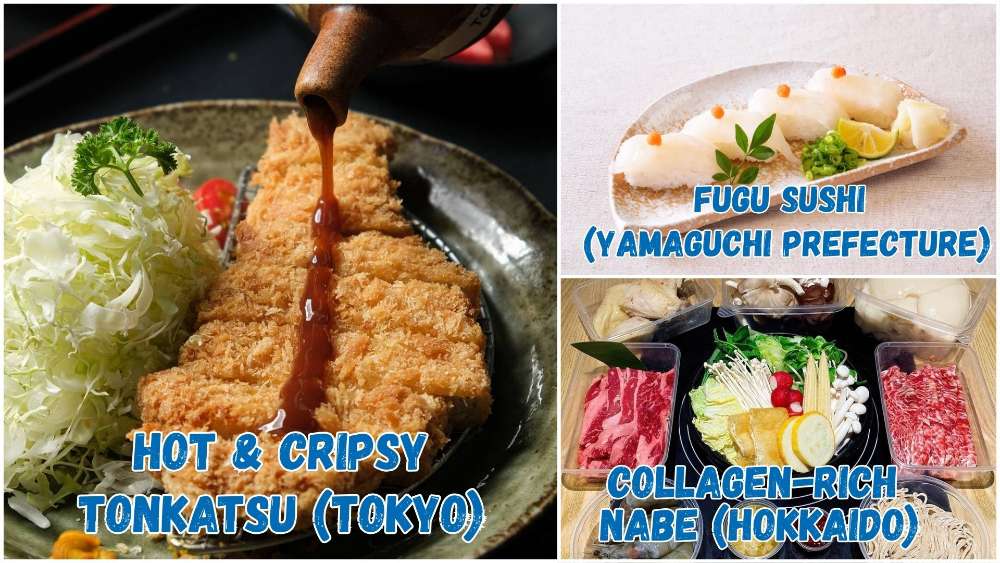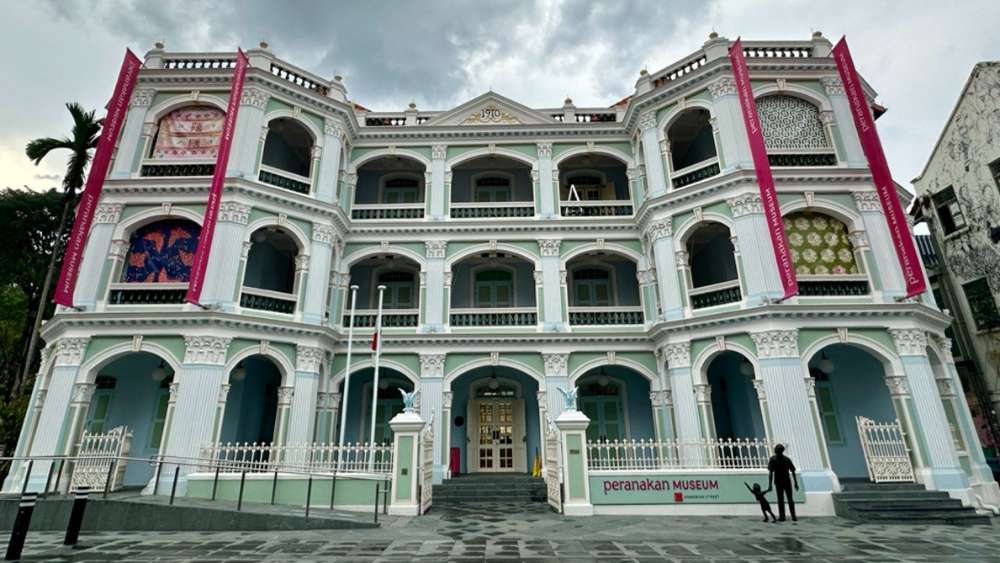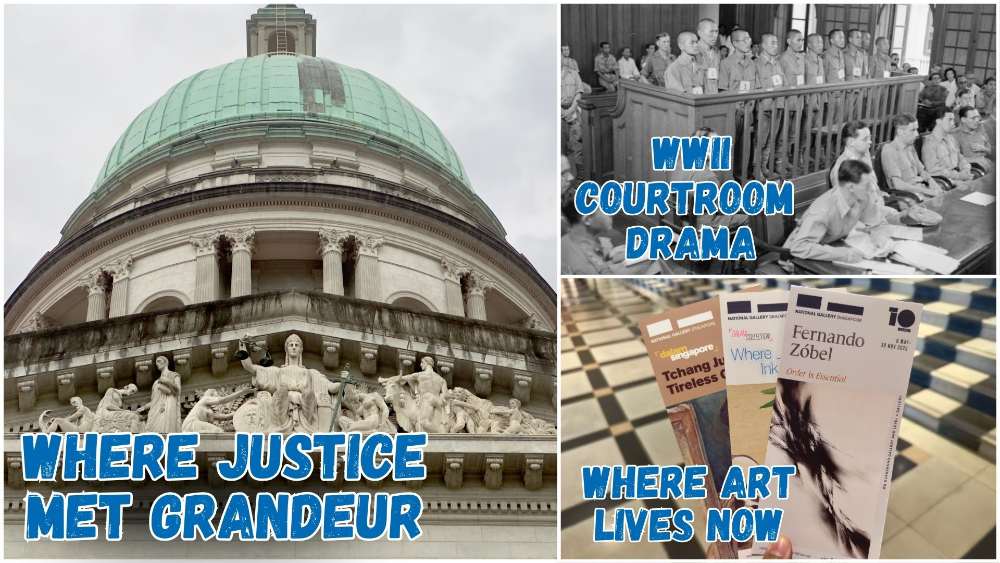National Monuments Of Singapore: Peranakan Museum
What is a National Monument? Who gazettes them? How many national monuments are there in Singapore? To date, the Preservation of Sites and Monuments, a division of National Heritage Board, has identified and gazetted 75 buildings, structures and sites of national significance as an integral part of Singapore’s built heritage.
And we're here to tell you all about them - one National Monument at a time!
You've probably passed by or stepped into more than a few of them without realising they were National Monuments: Al-Abrar Mosque, Asian Civilisations Museum, the Civilian War Memorial, Saint Andrew's Cathedral, the Esplanade Park Memorials, Fort Siloso on Sentosa - no need to plan an itinerary for friends visiting from overseas; just show them this article ✌️
In this edition, we spotlight a historic building that housed the first modern Chinese school on our Little Red Dot and is more than a century old, the Peranakan Museum (Former Tao Nan School).
📍 Location
The Peranakan Museum was the 37th building to be gazetted as a National Monument. Located near other National Monuments such as the Armenian Church and Central Fire Station, the MRT stations nearest to the Peranakan Museum are City Hall, Bras Basah and Bencoolen.
📅 Significant dates
Dates built:
- 1910-Mar 1912: Tao Nan School was constructed
Milestones:
- 1912-1982: Tao Nan School became the first modern Chinese school in Singapore
- 1982: Tao Nan School moved to its current campus in Marine Parade
- 21 Apr 1997-2006: The building was used as a wing of the Asian Civilisations Museum (ACM)
- 2006-2008: The building was closed for refurbishment
- 25 Apr 2008: Peranakan Museum opened
- 1 Apr 2019: Closed for renovations
- 17 Feb 2023: Peranakan Museum reopens with new permanent galleries and contemporary expressions of Peranakan culture
Date gazetted: 27 Feb 1998
📜 History
On 18 Nov 1906, Tao Nan School was formed as a primary school by a group of Hokkien merchants. Tan Boo Liat (陈武烈), the great-grandson of the well-known philanthropist Tan Tock Seng (陈笃生) and the leader of the Hokkien community, was the one who mooted the idea for a modern Hokkien school. It would become the first Chinese school in the Straits Settlements to adopt a modern education system.
Among those who donated to the cause of setting up Tao Nan School were prominent Chinese merchants, including Low Kim Pong (刘金榜, who built Lian Shan Shuang Lin Monastery) and Tan Kah Kee (陈嘉庚, who founded The Chinese High School).
Chen Baochen (陈宝琛), a tutor of the last Qing emperor, was credited for naming the school Dao Nan Xue Tang (道南学堂, or Tao Nan School). The name Dao Nan was derived from the phrase wu dao qi nan (吾道其南), which can be loosely translated as "My code of behaviour is promulgated in Southeast Asia".
The first Tao Nan School was situated opposite Saint Andrew’s Cathedral in Siam House, the residence of Tan Kim Ching (陈金钟), the son of Tan Tock Seng. With an increasing enrolment, the rented Siam House was near its maximum capacity. The school leaders decided that it was necessary to erect a proper building for Tao Nan School.
The sugar baron Oei Tiong Ham (黄仲涵) gifted a sizeable sum for the purchase of the plot of land at Armenian Street. Tan Kah Kee launched a public donation drive to raise funds for the building project; he also contributed one of the largest single donations himself.
The school building was completed in March 1912, and stayed on its premises for close to 70 years. In 1982, Tao Nan School moved to its new campus in Marine Parade, where it remains today.
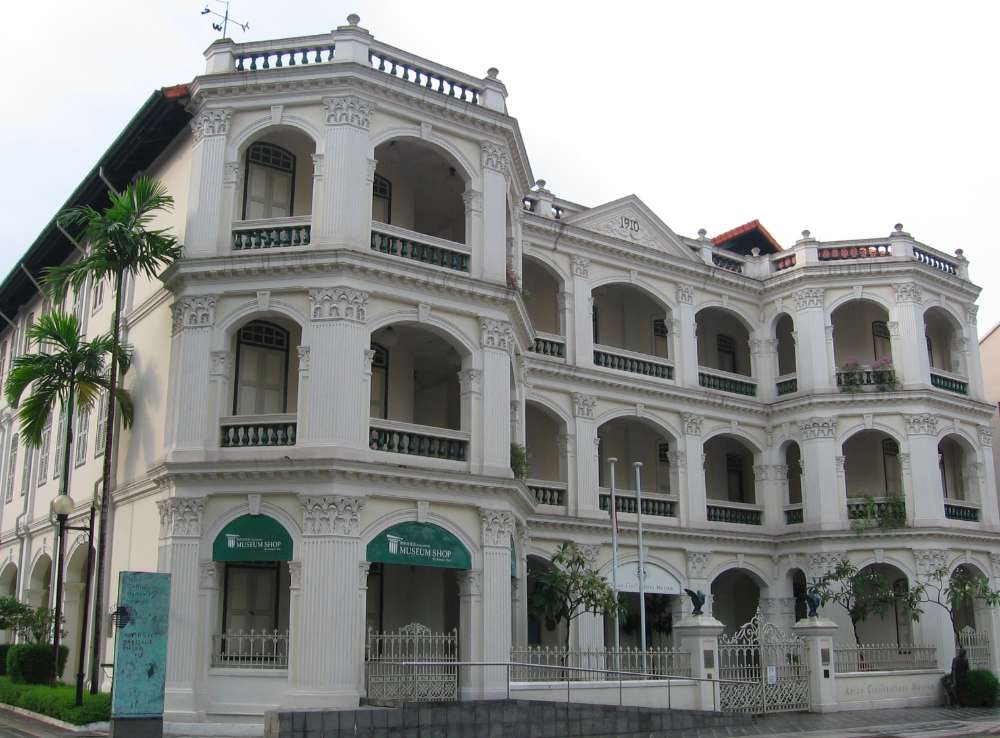 IMAGE: WIKIMEDIA COMMONS/@SENGKANG
IMAGE: WIKIMEDIA COMMONS/@SENGKANG
The original school building at Armenian Street was then refurbished as the Asian Civilisations Museum (ACM), which opened to the public on 21 Apr 1997. And from 2006-2008, the building underwent redevelopment to house the world’s first Peranakan Museum. The museum was officially opened to the public on 25 Apr 2008.
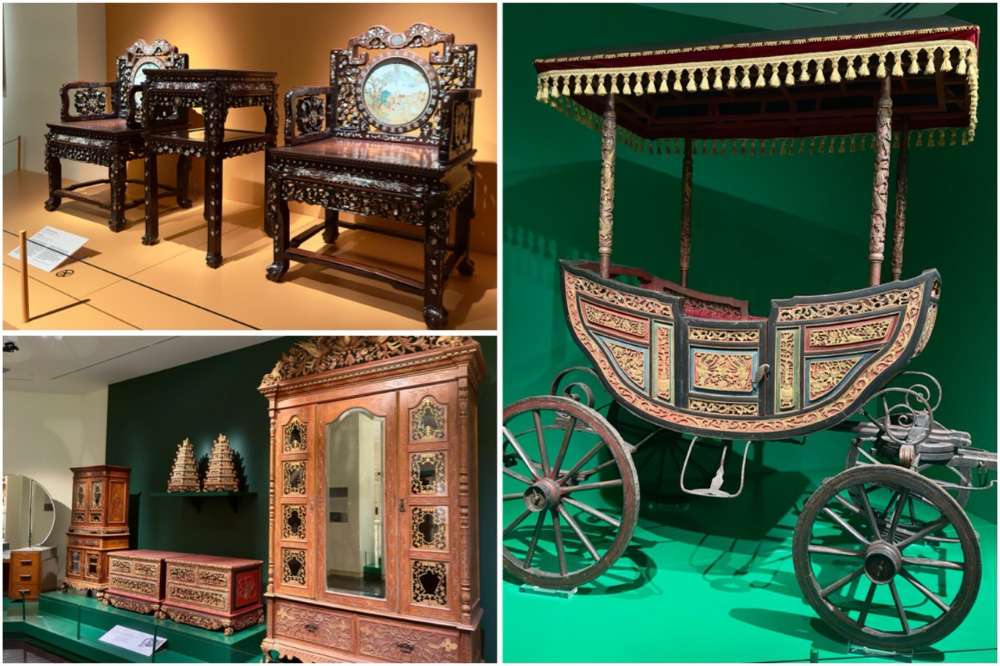 IMAGES: NG KAI
IMAGES: NG KAI
Today, the Peranakan Museum - which reopened on 17 Feb 2023 after four years of renovation (delayed by the COVID-19 pandemic) - explores the culture of Peranakan communities in Southeast Asia, and possesses one of the finest and most comprehensive public collections of Peranakan objects.
Displaying over 800 articles (ranging from newly acquired or generously donated items to well-loved artefacts and set pieces), the museum explores the Peranakan identity through universal themes of “Origins”, “Home”, and “Style”.
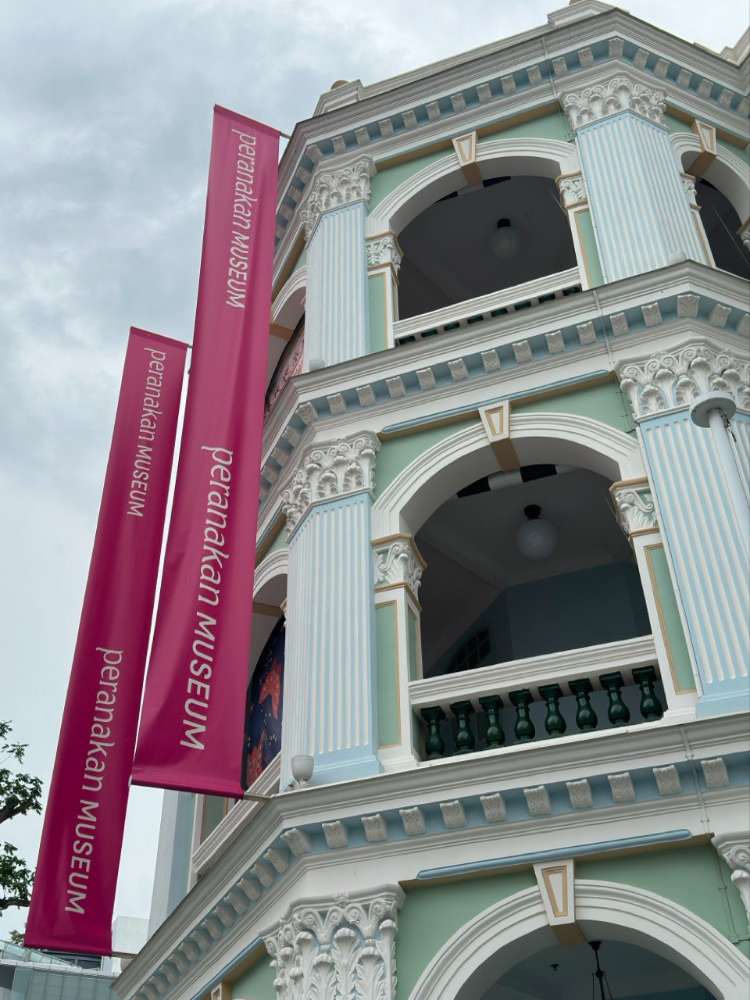
IMAGE: NG KAI
📐 Design and architecture
Designed by the Municipal Engineer’s Office of Singapore, the Former Tao Nan School’s architecture is eclectic. Neoclassical elements are featured on the building’s facade, and include ornate Corinthian capitals atop the many fluted columns (those with shallow grooves) and pilasters (rectangular columns). The building also exhibits various tropical adaptations, including spacious verandas and large windows that allowed the edifice to be naturally ventilated before air-conditioning was finally installed.
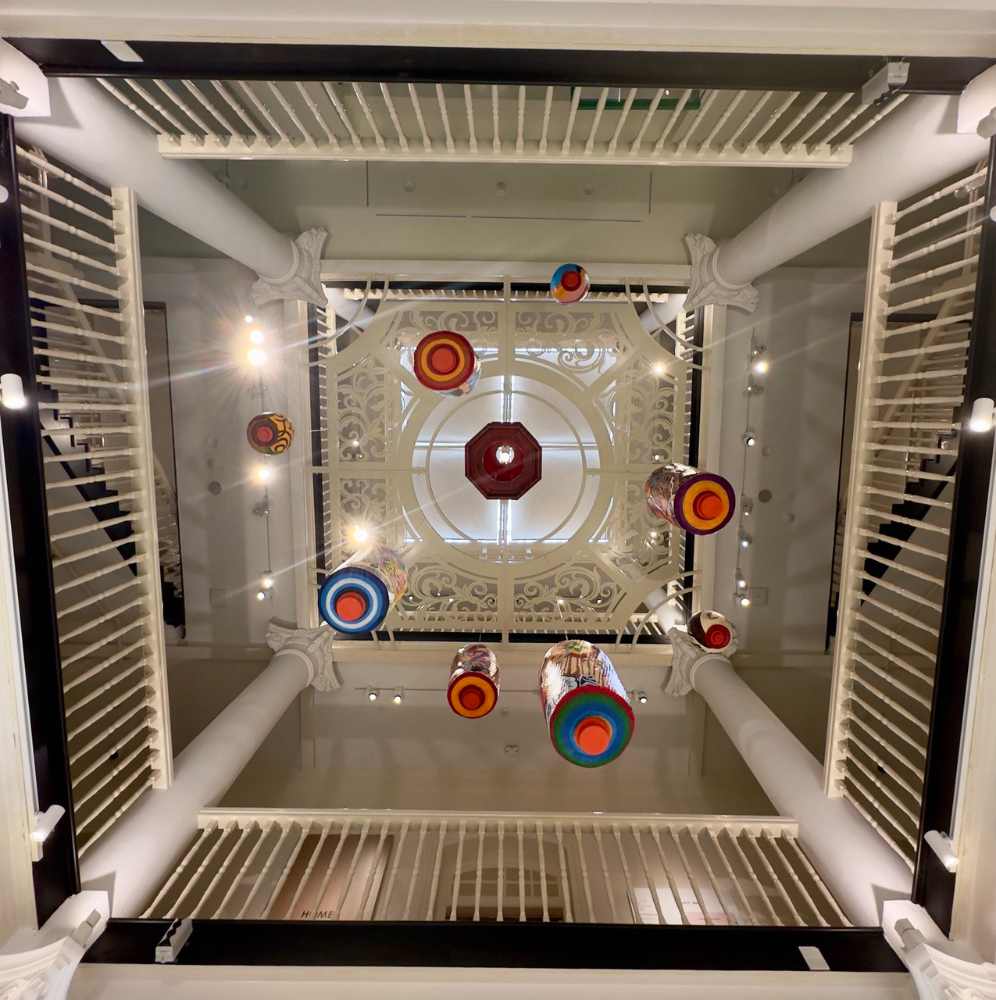 The view from the ground floor. | IMAGE: NG KAI
The view from the ground floor. | IMAGE: NG KAI
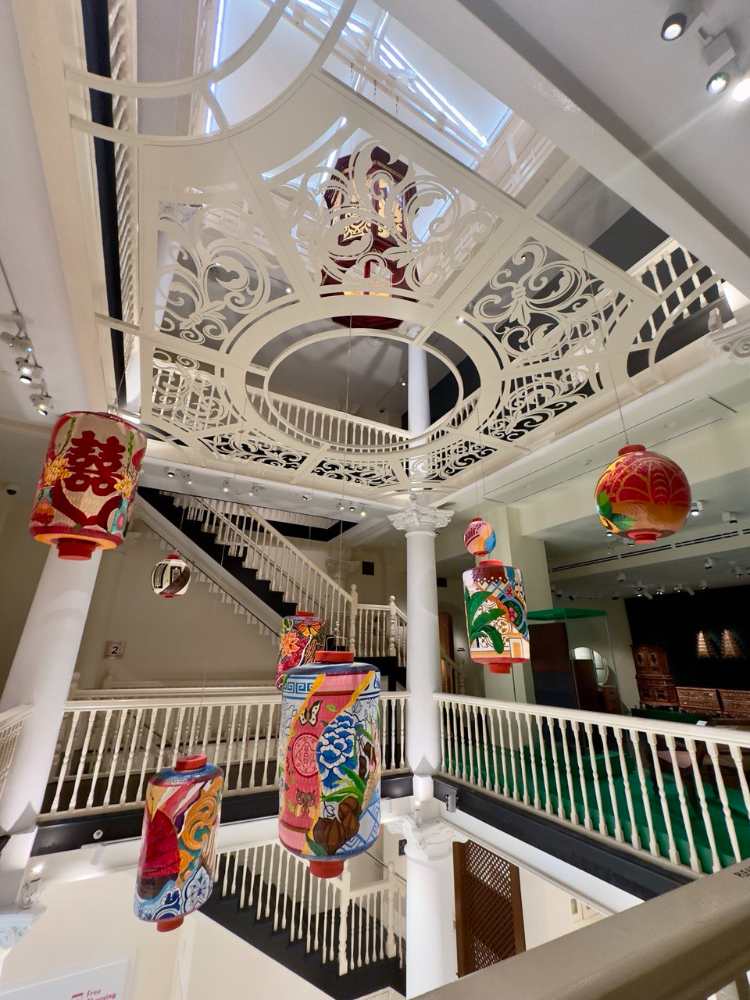
The view from the second floor. | IMAGE: NG KAI
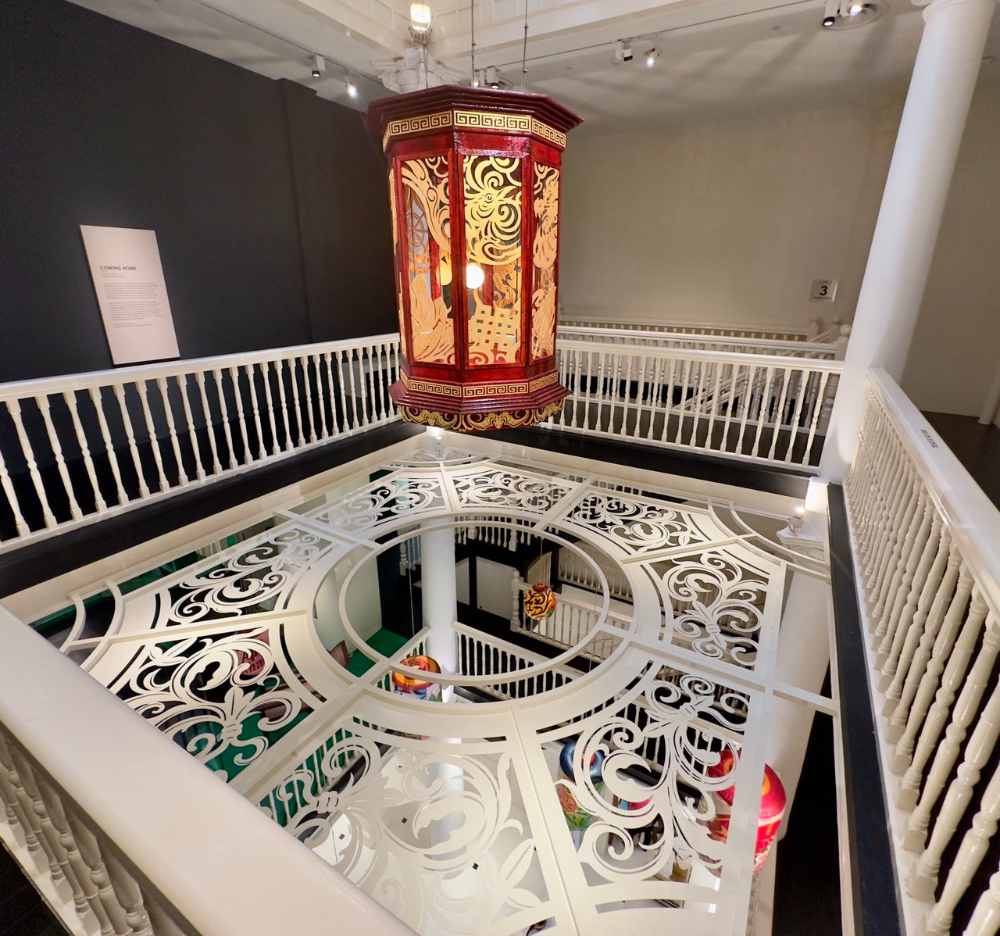 The view from the third and highest floor. | IMAGE: NG KAI
The view from the third and highest floor. | IMAGE: NG KAI
The building is three-storeys high, with a square central atrium topped with a skylight. The rooms inside are arranged around the central atrium. In the past, the assembly hall was on the ground floor, while classrooms were located on all three levels. The canteen and kitchen were both situated behind the building.
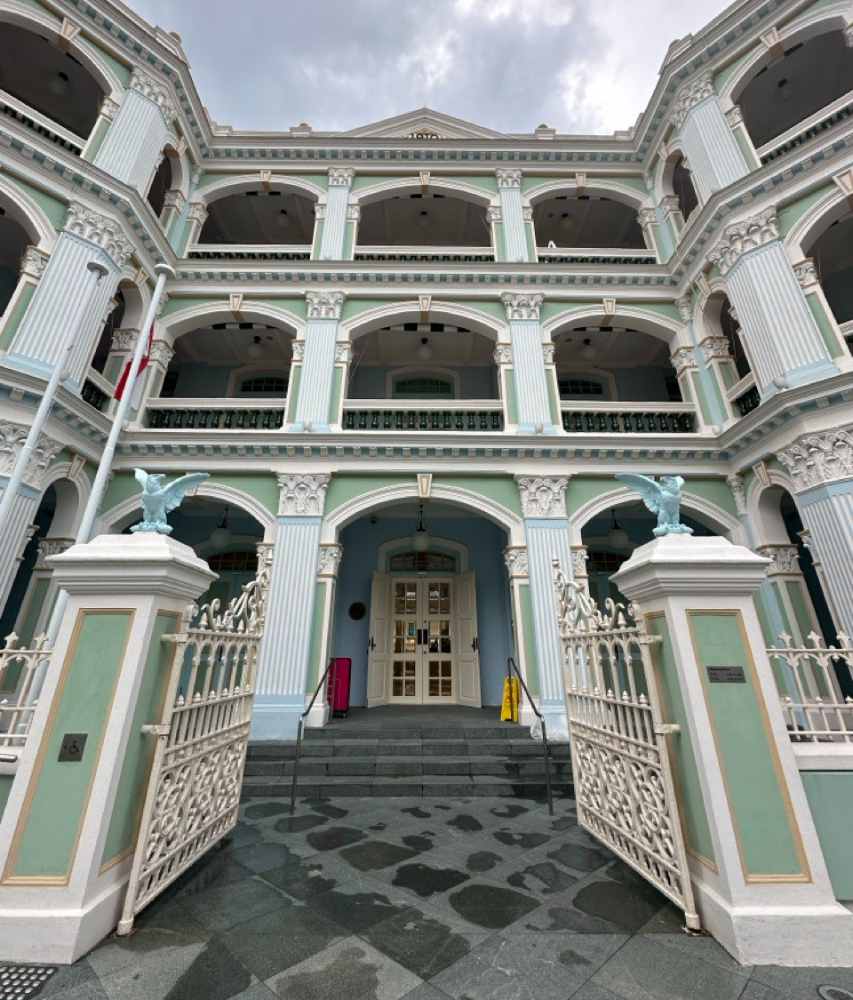 IMAGE: NG KAI
IMAGE: NG KAI
The pair of cast-iron eagles atop the twin entrance posts has been the school’s prominent icons for a very long time. Some theorise that the eagles, each weighing approximately 200kg, were installed to ward off evil.
Others believe that they represent the excellence which Tao Nan School strives for, as the character ying (英) in the term jing ying (精英) – which means "cream of the crop" – is a homophone of ying (鹰), or "eagle".
When Tao Nan School moved to Marine Parade in 1982, the two eagle sculptures were brought to its new premises. In 1996, the sculptures were returned to the newly restored Former Tao Nan School and reinstated in their original locations on the gate posts.
🕖 Opening hours
Regular visiting hours are from 10am to 7pm daily, and 10am to 9pm on Fridays.
🎟️ Admission
Entry is free for Singaporeans and Permanent Residents. Find out more here.
For the latest updates on Wonderwall.sg, be sure to follow us on TikTok, Telegram, Instagram, and Facebook. If you have a story idea for us, email us at [email protected].





